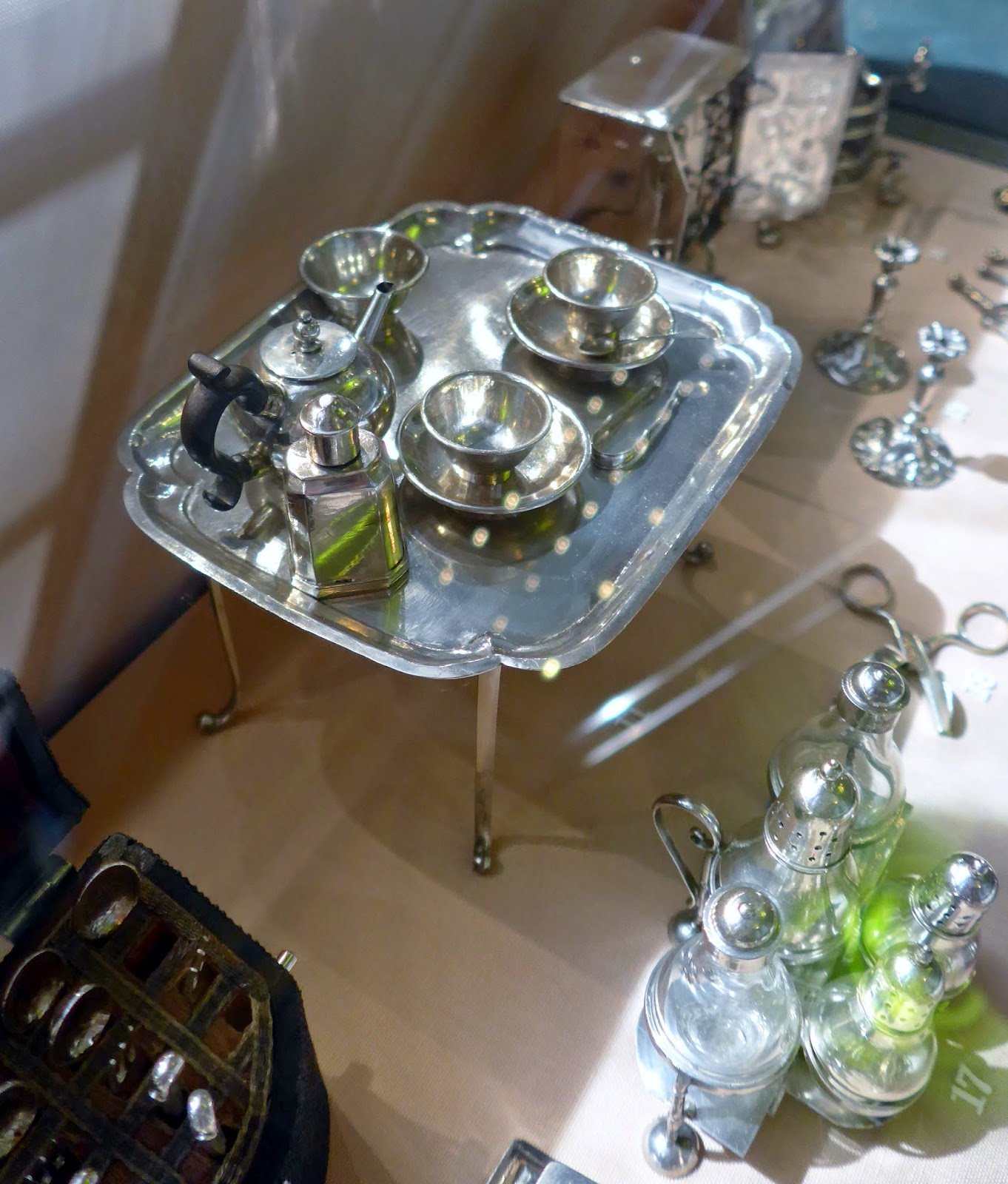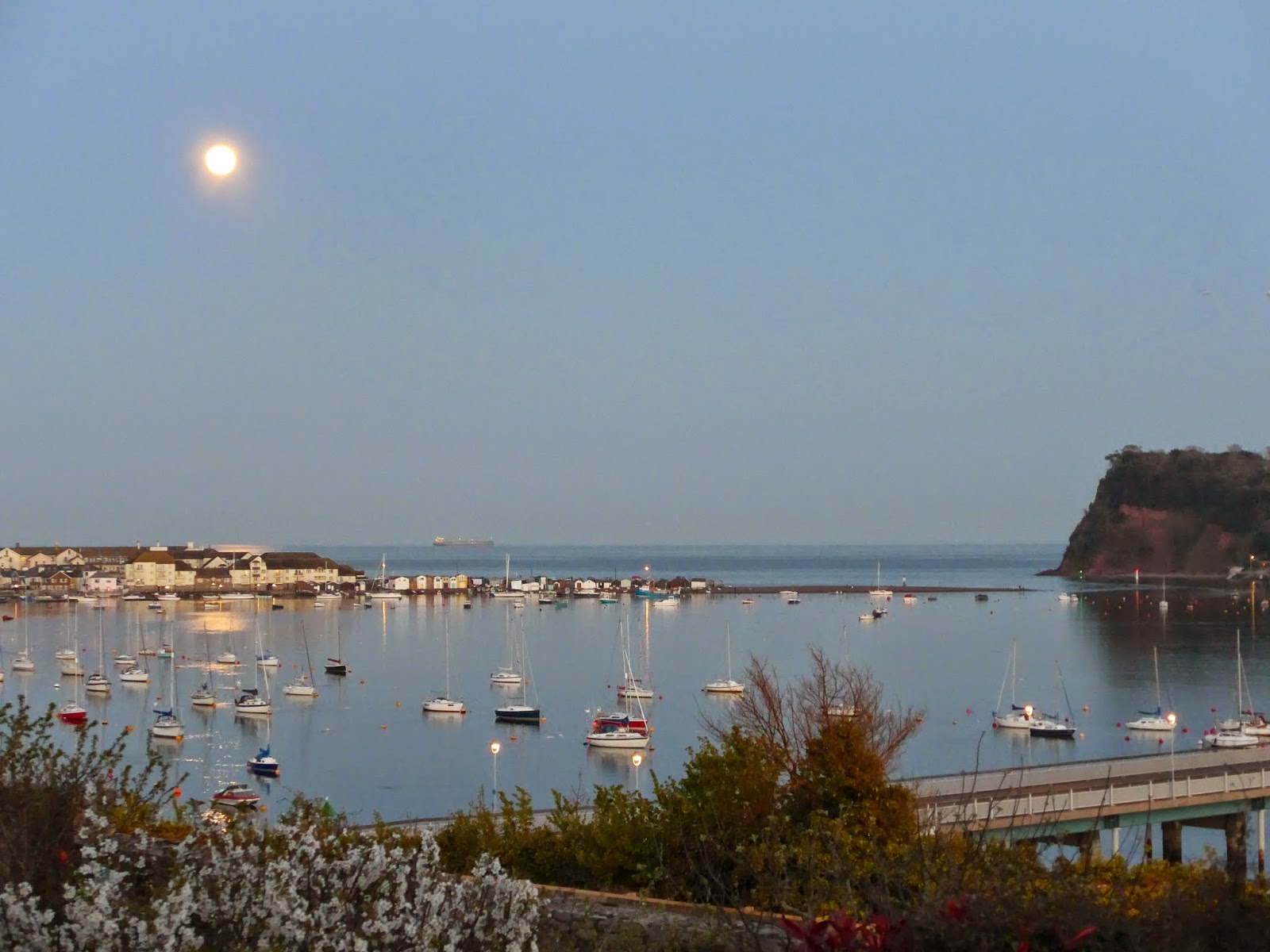Local Museums tell local stories,
and what could be more local than objects from your own home.
Bromley Museum invite us to look at objects from homes in the 1930s through to the 1950s
and see how many we can identify from our own homes.
Not much guessing needed,
but a lovely look at design from different decades.
but a lovely look at design from different decades.
To help us connect with the past
(with the Twentieth century),
Bromley Museum has a gallery called 'Your Place'
where you might recognise a few things.
If you're too young to remember these particular objects,
you can definitely make comparisons with them as they exist today
and listen to your mum reminiscing about her own childhood
and what her grand-parents used to have.
Particularly the polyester dressing gown,
which if you took it off in the dark,
lit up your bedroom with static in a sci-fi kind of way.
This also rang true for polyester jumpers from C&A.
lit up your bedroom with static in a sci-fi kind of way.
This also rang true for polyester jumpers from C&A.
My youngest two,
having just finished primary school only the week before,
completely got the vase with school leavers names on it.
For them it was a white T-shirt and fabric pens.
They all signed each other's T-shirt and wrote messages.
Memories are not all about objects.
Sometimes it's smells.
Clove oil, smelling salts, mint, lavender, coal-tar soap and baby powder.
We discussed smells we like;
"That pink cream, Germoline"
"Mowed grass"
"Warm just-photocopied paper"
and...?
"Damp towels"
The smell of "warm just photocopied paper" has probably got to wait a few more years
before it becomes nostalgic.
Mind you, I was pleased to see that photocopying had been used by Bromley Museum
for all the best reasons.
"I bought that magazine when I was at school!" I exclaimed excitedly.
Three eleven year olds were totally nonplussed.
Bromley Museum invite you find out about some of its famous residents.
Charles Darwin.
Napoleon.
Enid Blyton.
Imagine, exploring all this whilst dressed as a Saxon and a Tudor!
Sometimes we forget how far technology has come.
In 1708 Queen Anne passed a law saying that
each parish had to provide and maintain a fire-engine.
This is the "Squirt."
"But it's made of wood!?!"
In 1708 Queen Anne passed a law saying that
each parish had to provide and maintain a fire-engine.
This is the "Squirt."
"But it's made of wood!?!"
The novelty value of dialing a telephone,
dressed as a Tudor in the Twenty-first century.
Bromley Museum is open Mondays to Saturdays,
closed for lunch each day between 12.30-1.30pm.
There's much more to see at Bromley Museum.
I haven't mentioned the displays from Pre-historic, Roman, Tudor, Saxon and Victorian times.
Visit and see for yourself.
There's much more to see at Bromley Museum.
I haven't mentioned the displays from Pre-historic, Roman, Tudor, Saxon and Victorian times.
Visit and see for yourself.

















































